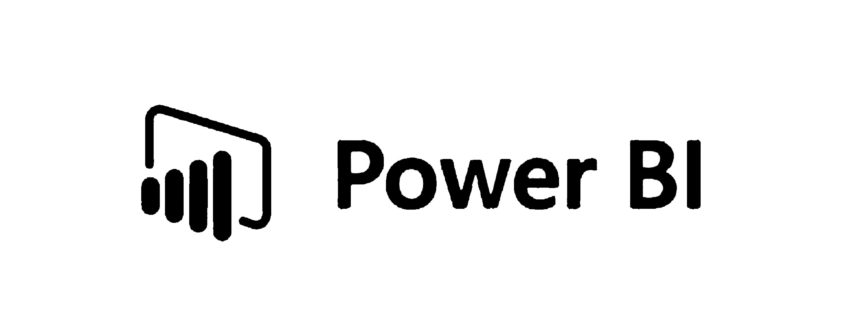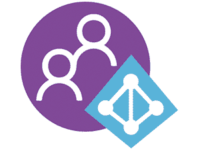
The Client
The client is an independent organization funded by Canada’s federal government and focuses on the long-term objectives of reducing the likelihood of dying from cancer and improving the quality of life of those affected by cancer.
The Business Need
The client had datasets mapping cancer treating physicians with Canadian postal codes. The physicians included in the dataset were specialists such as thoracic surgeons and gynecological oncologists. The goal was to gather data on Canadian’s access to their nearest physicians to better understand the supply of cancer-treating physicians in various provincial jurisdictions with the help of data analytics.
The client also wanted to visualize the recorded data in an easily understandable format for their target audience, which included the board of directors and other partners. The primary goal was to present the key gaps in coverage of oncological physicians geographically, showing the regions that were adequately served and to advocate changes to workforce planning.
We were provided public datasets for 2 physician types along with Canadian census data. The scope of the project was to develop a proof of concept visualization using sample data. The goal was to demonstrate the data visualization possible using sample data and to promote future data-driven approaches to medical resource management.
The Challenge
The project team faced the following challenges:
• Delivering the prototype within a short time span of 3 weeks.
• Aligning data sources generated from different sources (physician data and census data) as part of the same visual display.
• Determining the best way to display the data for easy understanding.
• Aligning stakeholder needs with the capabilities of the chosen technology.
The Optimus Solution
The planning phase started with meeting the project sponsors and stakeholders. The Optimus team ensured that the scope of the project was clear to everyone. The team discussed the pros and cons of available data visualization platforms such as Power BI, Tableau, and HTML. The team also finalized the schedule and deliverables from both sides.
Optimus began the work after the planning phase by reviewing the client’s datasets. The team filled the gaps in data by generating missing geographical data from public sources and then proceeded to develop the dashboard using Power BI.
Optimus delivered the prototype within the planned time frame after incorporating feedback from the client partners. Optimus exercised the best practices of UX design as part of its data analytics solution.
The process followed by Optimus includes requirements gathering, scope definition, technical discovery, design and development, review cycle with the client and final delivery.
The Result
Optimus was able to deliver the prototype on time, demonstrating the data-driven approach to the client’s board of directors. The client was able to understand how the datasets can be translated into visuals. Furthermore, the prototyping also offered the client a chance to visualize the gaps in data. The project helped the stakeholders understand the technologies that best serve the business case and learn about its potential limitations.
Contact Optimus to learn more about how Power BI can help visually translate your data and align your business objectives.


